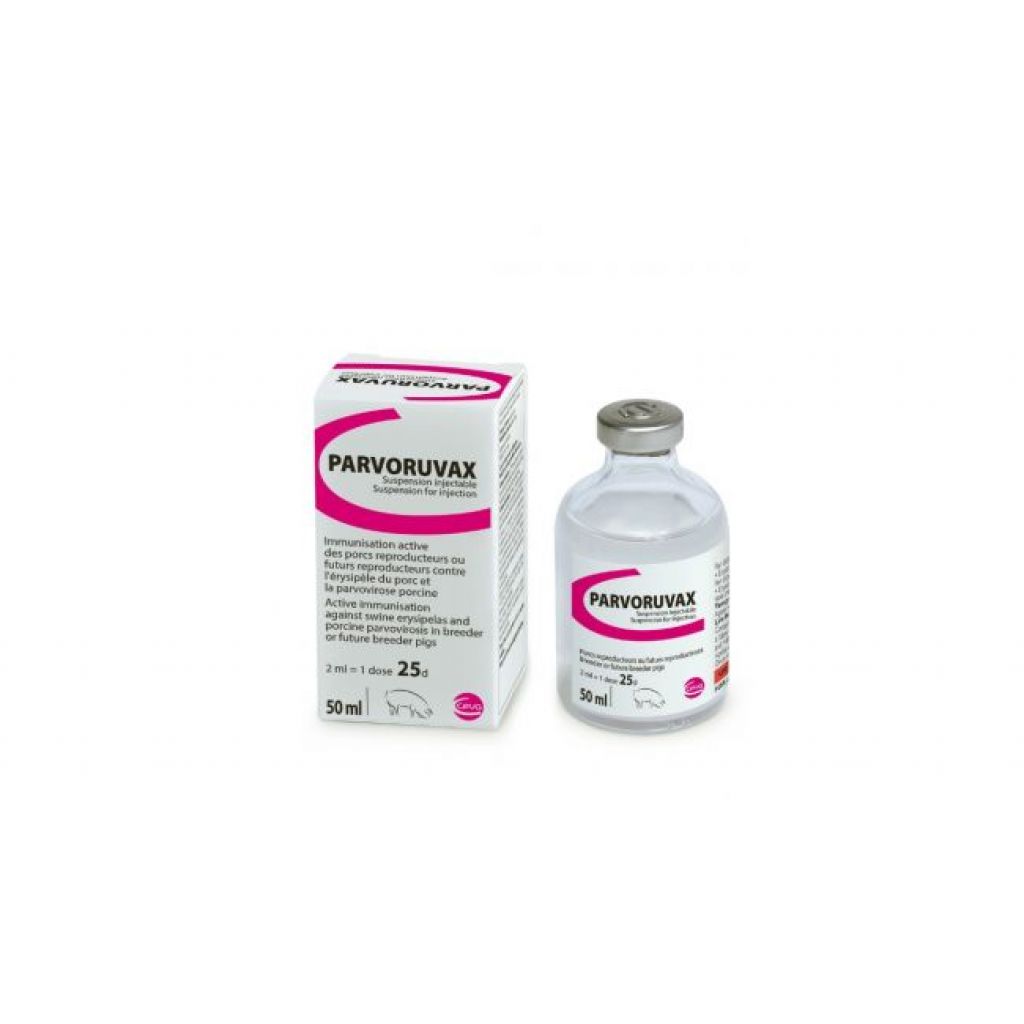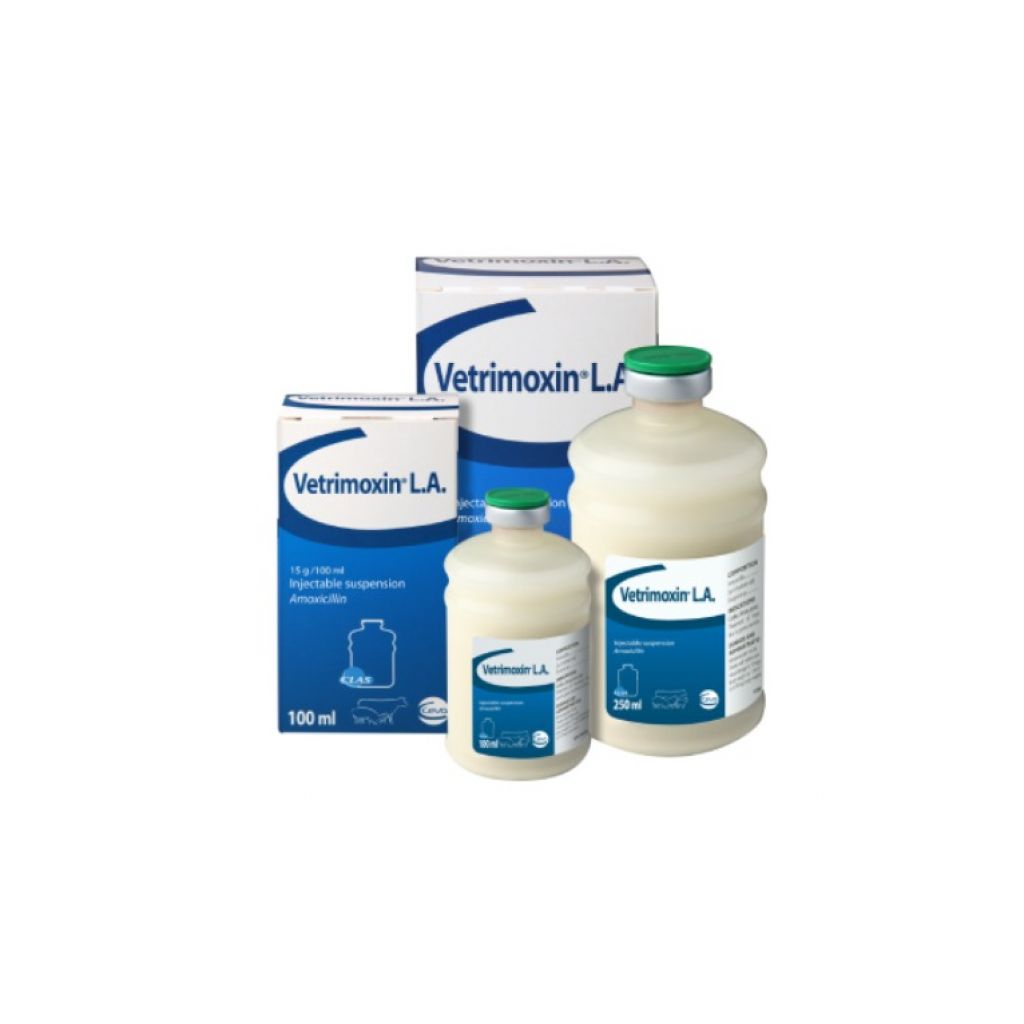High Quality Piglets (3/3)
Click here to access to the first part and second part.

Luis SANJOAQUIN
10. MILK PRODUCTION
It is essential to obtain quality piglets at weaning, to wean as many piglets as possible with the sow, since the fewer movements we make, the greater the weight at weaning will be. For this, maximum milk production is essential. Optimising feed and water consumption, in both quantity and quality, will increase milk production.
The use of electronic dispensers with their ability to increase feed consumption during the lactation period allows piglets to increase their weaning weight.


11. PIGLET FEEDING
There are multiple options to increase piglet feed and water consumption in the maternity phase. It is vital that we are able to teach the piglets to eat and drink, more than by their own weight at weaning. This is done through the development of the animals in the post-weaning phase, since we will be able to reduce the time between weaning and the first feeding, thus reducing digestive and other health problems.

12. HEALTH STATUS OF THE PIGLETS
We have said that the health status of the sows is fundamental for the health status of the piglets. A good sanitary adaptation of the sows, correct vaccination, good facilities, good feeding and correct management will reduce the sanitary problems that in the first days after farrowing are very focused on neonatal diarrhoea. The latter has an enormous impact on the piglet quality at weaning.
Piglets are born with low body reserves of iron (40-50mg), which barely covers their needs during the first 2-3 days. The sow’s milk is very low in iron and barely covers 10% of the needs, which is why anaemia becomes one of the main nutritional diseases that affect the piglet in the first days of life. This is why supplementation at birth (first days of life) is necessary. We know of a multitude of agents involved in neonatal diarrhoea (including bacterial, viral, parasites). They must be controlled in order to obtain quality piglets at weaning and reduce the mortality percentage in the maternity phase.
One of the effects of iron deficiency is an increased susceptibility to diarrhoea.
One of the agents involved is Cystoisospora suis, whose prevalence in Europe is estimated at 70% and which often occurs in mixed infections with other agents.

It does not cause high mortality if it acts alone but it affects the ADG, reducing its weight by 15% on average with a very negative effect on homogeneity at weaning and quality.
The next two studies aside show the importance of neonatal diarrhoea in the productive and economic parameters.

13. AGE AT WEANING
If we want to improve the quality of the piglet at weaning, it is necessary to increase the age at weaning. Moving from 21 to 28 days improves weaning weight and performance in subsequent phases.


Contact:
Contact us using the following form.












